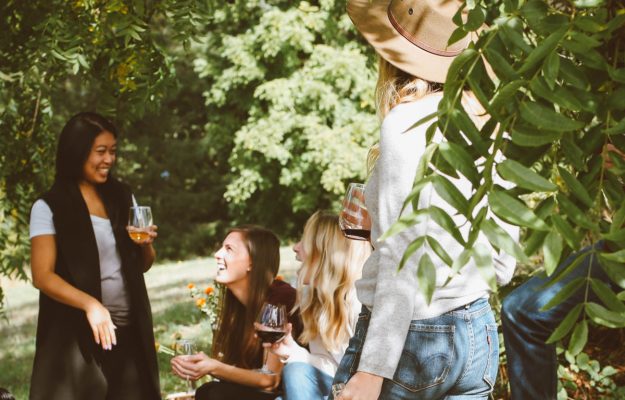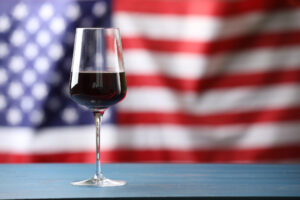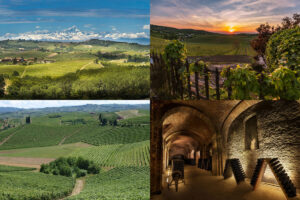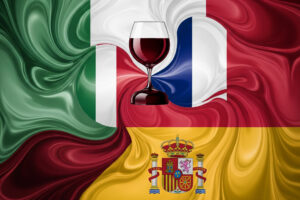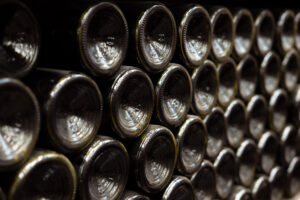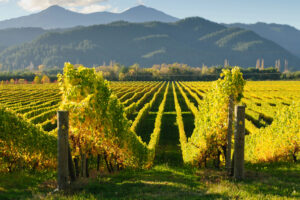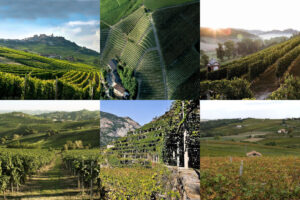Beyond overall consumption, the pandemic has reduced the number of usual wine drinkers in the United States, which, after reaching a low point in 2021, has fortunately returned to growth in 2022, with the latest Iwsr data highlighting how there are as many as 4 million more people who drink wine on a weekly basis than in 2018, even if it is not enough to stop the global consumption decline, which has marked a 2% drop. It may appear to be a paradox, but it is not, and it has a lot to do with the country’s great demographic complexity. For example, in the 21-34 age group, 40% declared that they drink wine once a month in 2015, but that share had fallen to 25% by 2021, and the Covid-19 pandemic, with lockdowns and prolonged closures of bars and restaurants, has only exacerbated this trend, whereas the over 55 age group has shown greater resilience.
However, following the pandemic, the number of regular wine drinkers increased by 14 million between 2021 and 2022, with an excellent response among those under 40 and an ever-increasing involvement of those aged 25 to 54. As a result, 31% of monthly wine drinkers are under the age of 40, up from 28% in 2021. In essence, one of the aspects that can be understood is that young people drink wine on a much more infrequent basis than in the past, but they spend more money when purchasing wine. Horeca has played a critical role in this phase, so much so that wine consumption in bars is even higher than in 2019. It is not surprising that Millennials and Generation X are driving the increase in on-trade consumption, whereas Boomers typically drink less outside the home, and fears among older and more vulnerable consumers about returning to crowded places after the pandemic may also have played a role. The reopening of the Horeca also contributes to a better understanding of the trend: more people drink outside rather than at home, which is more expensive and thus occurs less frequently. However, there are two distinct trends at the root of these changes. The first is moderation: there is a growing global movement to reduce alcohol consumption, which has fueled the growth of soft and soft drinks and also ties into the larger picture of alcohol consumption data in the United States. As a result, the country’s wine drinkers drink more frequently, but in smaller quantities. The other is defined by IWSR as “Un trading”: when wine drinkers choose to enjoy wine, they tend to choose more expensive bottles. This is reflected in the significant difference in wine sales performance above and below the 10 dollars-per-bottle thresholds: in 2022, volume consumption in the low-price, value, and standard segments is all declining, while premium, super-premium, ultra-premium, and prestige segments are all increasing. The youngest consumers are driving premium spending: Social groups such as Social Newbies, Engaged Explorers, and Generation Treaters accounted for 39% of the US wine market in 2021, but they increased to 45% in 2022. On the opposite, older and more price-sensitive groups’ share of the pie has shrunk. Both of these trends are expected to continue for the next five years, but for the wine industry, it is unquestionably an opportunity to welcome young consumers, who will need to be involved by producers in awareness of the peculiarities, in the relationship with drinking, that distinguish the new generations. IWSR identifies four. To start with, they are less loyal to brands, varieties, and territories and are more willing to try new things. Wine companies that want to target young people must therefore be particularly creative in their design and message, especially when it comes to communicating the value of high-end products. Second, we must consider the high level of interest in low-alcohol-content products, and thus moderation as a sales driver. Some Vodka producers, for example, emphasize on the label as a differentiating factor that they have a much lower alcohol content (sometimes 15% alcohol, i.e. 25% less alcohol than a standard Vodka). It happens less frequently, even in wine and craft beer, as craft producer, Jack’s Abby does with the “2% Beer Initiative” line. It is important to remember that under-40 drinkers in the United States are much more open to alternative formats, particularly cans, which are suitable for moderate consumption and outdoor consumption occasions, such as during a barbecue. Finally, as the cost of living rises, bars, wine bars, and restaurants will have to make an effort to provide a different experience than what can be done very well at home, such as organizing comparative or vertical tastings capable of stimulating enthusiasm among young newbies of wine.
Copyright © 2000/2025
Contatti: info@winenews.it
Seguici anche su Twitter: @WineNewsIt
Seguici anche su Facebook: @winenewsit
Questo articolo è tratto dall'archivio di WineNews - Tutti i diritti riservati - Copyright © 2000/2025










